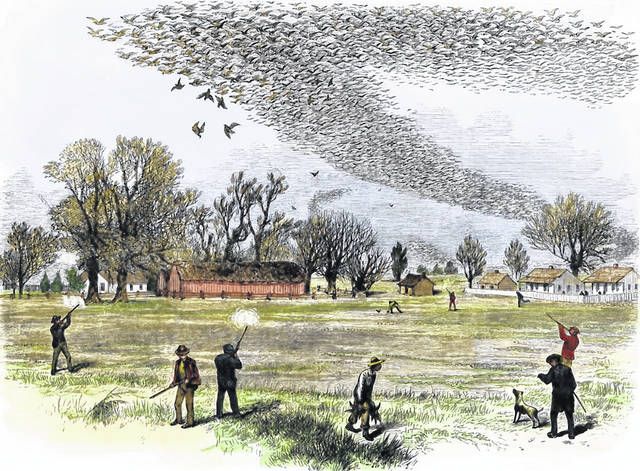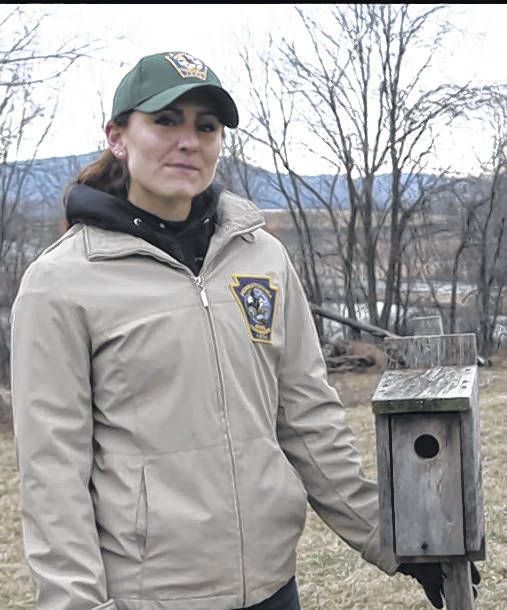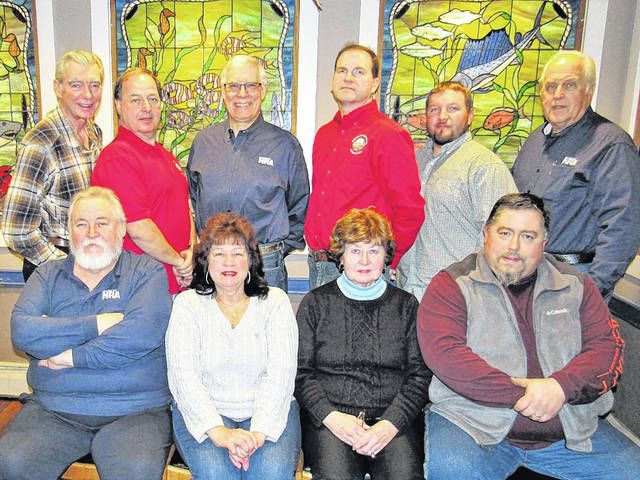Click here to subscribe today or Login.
In the shade of a stand of towering hemlocks bordering a small stream that traversed a hollow, I found solitude.
And death.
The hollow, which is accessible by a single-lane dirt road overgrown with a rhododendron, hemlocks and oaks, is the perfect place to explore on a hot summer day. The shade offered by the massive trees keeps the place cool, and the stream — a trickle that spills into several deep pools guarded by enormous boulders — is home to wild brook trout, creek chubs and crayfish.
Turkeys often roost in the tall trees above the stream, ruffed grouse can be found in the rhododendron understory and, on occasion, a black bear wades into the water for a cool respite in the summer.
The place is far removed from the trappings of civilization and it’s full of life and things to see.
But on this day I found tragedy.
On a flat area along the creek, directly beneath a hemlock tree, I spotted a black oval about three feet in length. In the middle was a skeleton with small chunks of hair still clinging to the bones. The vertebrae composing the animal’s spine curled in an almost spiral pattern, culminating with the skull in the center of the bones.
The skull had broken apart at the cranial sutures and both lower jawbones laid neatly along each side.
It was a deer.
Aside from the unusually short femur and rib bones, I counted three premolars and a fourth molar that wasn’t fully erupted in each lower jaw, indicating the deer was a fawn.
I never found a dead fawn in the woods before, and the sight was unfortunate. But it also led to more questions.
While I’ve found the remains of deer in the spring — usually the result of starvation from a trying winter — finding the skeleton of a fawn in August was certainly unique.
How long ago had the fawn died?
More importantly, how did it die?
The greasy oval of rotted flesh surrounding the skeleton indicated the fawn’s death likely occurred a few months ago, possibly in May or June, shortly after it was born.
And the fact that the skeleton was intact revealed that the fawn wasn’t killed by a predator but succumbed to some other cause. If a coyote or bear, for example, had killed the fawn, its bones would’ve been scattered. But this one apparently died while it was curled up, meaning it wasn’t born dead but likely perished not long after birth.
Did the fawn have a birth defect that led to its death?
Was there an injury that caused it to succumb?
Or did the fawn’s mother perish, leading it to starve?
Even though finding a dead fawn in the woods is a rare occurrence, it doesn’t mean such fawn mortality is uncommon.
Fawns succumb to a number of issues — predators, sickness and problems at birth to name a few.
The cause of this particular fawn’s demise I will never know. But its presence was a reminder that nature can be tragic to the young and old alike.
I took several photos of the skeleton before leaving the site. The remaining chunks of flesh will soon decompose, and the bones will eventually wash away the next time the stream floods.
And then, if anyone else passes by under the hemlock tree, they’ll never know a whitetail fawn died — for whatever reason — at this very spot.
I ventured up the hollow anxious to put the tragic scene behind me and search for the other end of nature’s circle: life.
Fortunately, in nature, that’s easy to find.








